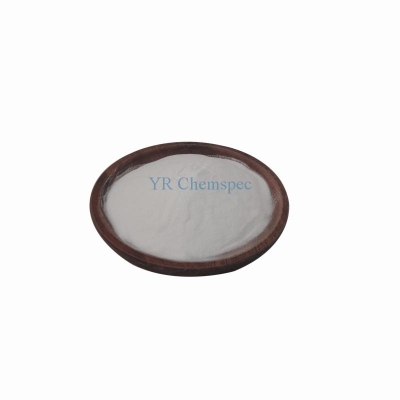-
Categories
-
Pharmaceutical Intermediates
-
Active Pharmaceutical Ingredients
-
Food Additives
- Industrial Coatings
- Agrochemicals
- Dyes and Pigments
- Surfactant
- Flavors and Fragrances
- Chemical Reagents
- Catalyst and Auxiliary
- Natural Products
- Inorganic Chemistry
-
Organic Chemistry
-
Biochemical Engineering
- Analytical Chemistry
- Cosmetic Ingredient
-
Pharmaceutical Intermediates
Promotion
ECHEMI Mall
Wholesale
Weekly Price
Exhibition
News
-
Trade Service
19.
19.
The oral absorption of thiouracil drugs is rapid, starting to appear in the blood at 20-30 minutes, and reaching the peak time of 2h
19.
(1) Adverse reactions
1) Allergy
The most common, mostly itching, drug eruption, etc.
2) digestive tract reaction
Anorexia, taste loss, nausea, vomiting, diarrhea, abdominal pain and so on
3) Agranulocytosis
It is a serious adverse reaction, the incidence is about 0.
4) Goiter
After long-term application, the serum thyroid hormone level can be significantly reduced, and the secretion of TSH can be increased feedback to cause compensatory gland hyperplasia, gland enlargement, congestion, and severe cases can cause compression symptoms
Aplastic anemia may also occur; arthralgia, dizziness, headache, vasculitis, lupus erythematosus-like syndrome; rarely cause hepatitis, interstitial pneumonia, nephritis and vasculitis involving the kidneys, rarely cause thrombocytopenia and prothrombin reduction Or factor VI decreases
(2) Toxicology
1) Thioururacil
Thiouracil is a possible carcinogen to the human body (Group 2B)
The LD50 of mice is 99.
Thioururacil has been used since the 1940s.
Genotoxicity tests show that it will not cause DNA strand breaks in cultured mammalian cells
There are no data on reproductive toxicity and mutagenicity tests
2) Methimazole
Methimazole is a possible carcinogen
In a 2-year feeding trial in mice, the high-dose group fed with methimazole found thyroid hyperplasia, thyroid tumor and thyroid cancer
No teratogenic effects were found on rabbits
.
Methimazole can cause fetal and neonatal goiter, hypothyroidism, and skin dysplasia
.
But there is not enough evidence that it is teratogenic
.
19.
1.
3 Maximum allowable residue limit
Thiouracil drugs are used in food animals to increase animal protein metabolism, strengthen water retention in the body and gain weight, and have been used as animal feed additives
.
The quality of meat products after using thiouracil drugs is significantly reduced; at the same time, these drugs are left in the food and endanger human health
.
Therefore, the European Union first banned the use of thiouracil drugs in edible animals and stipulated that its maximum allowable residue limit (MRL) is not detectable (ND)
.
Subsequently, many countries including China have also included thiouracil drugs as banned drugs for food animals, and carried out monitoring of such drugs and researched and developed residual detection methods
.







